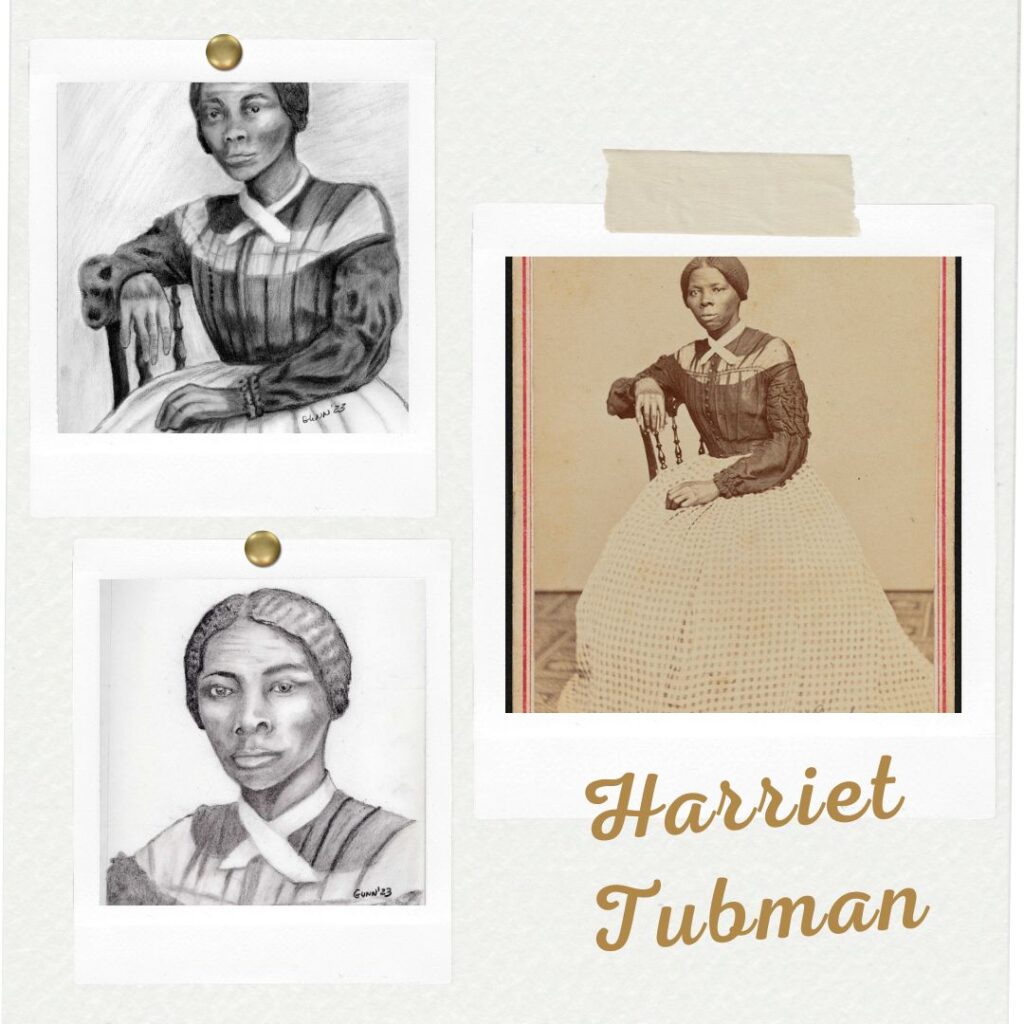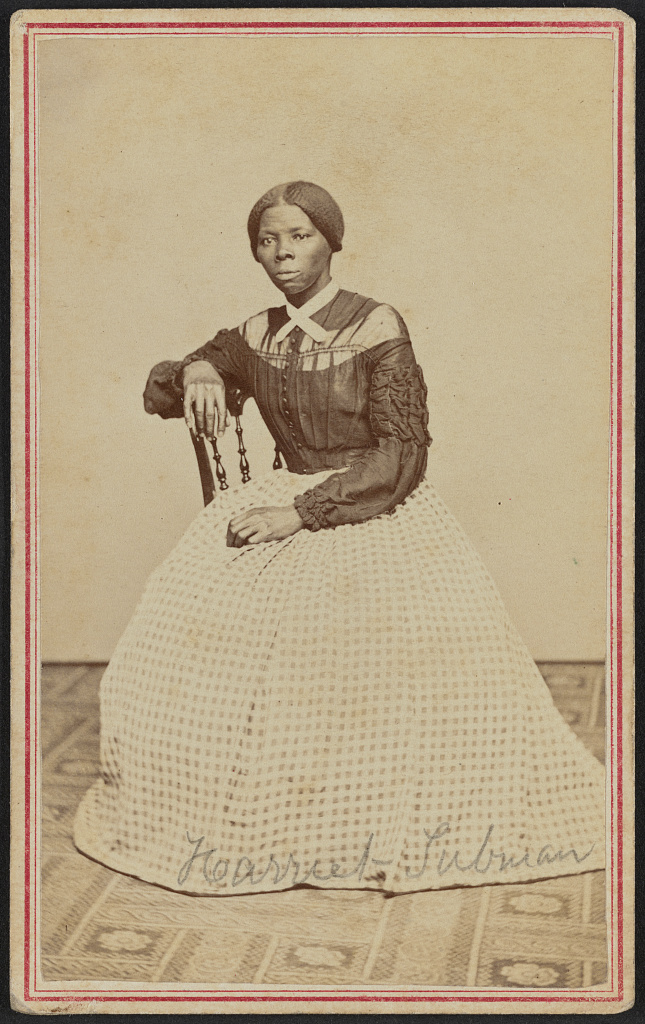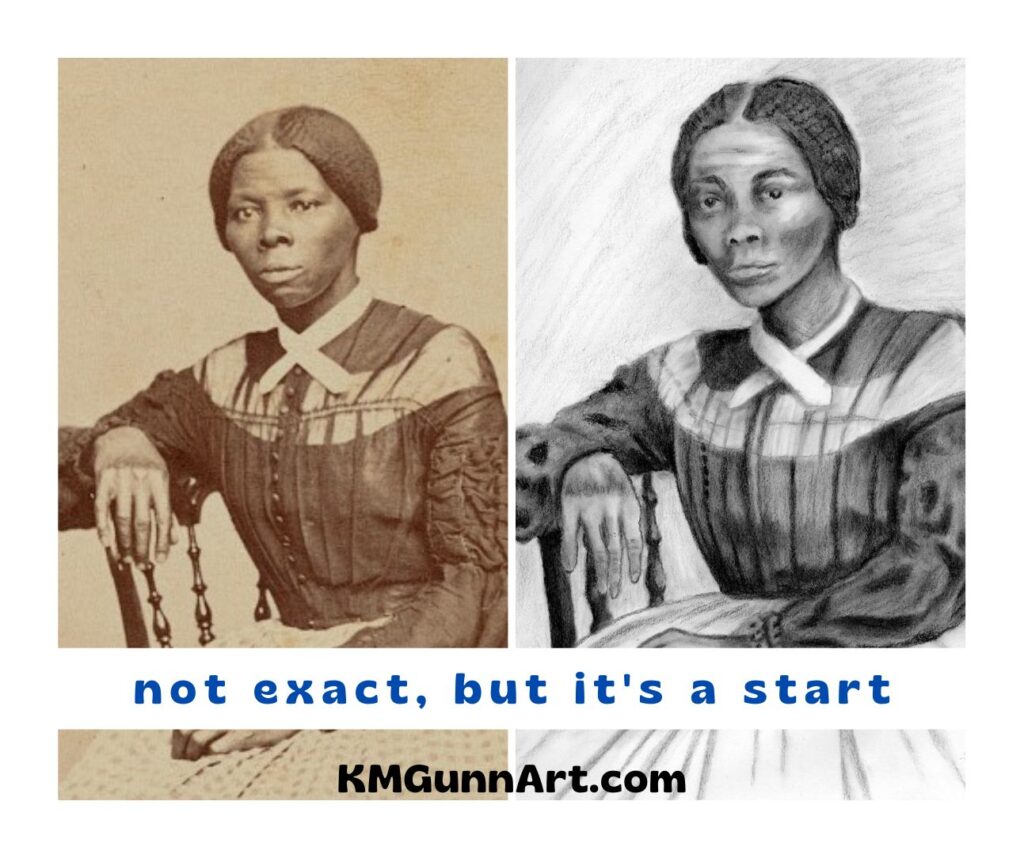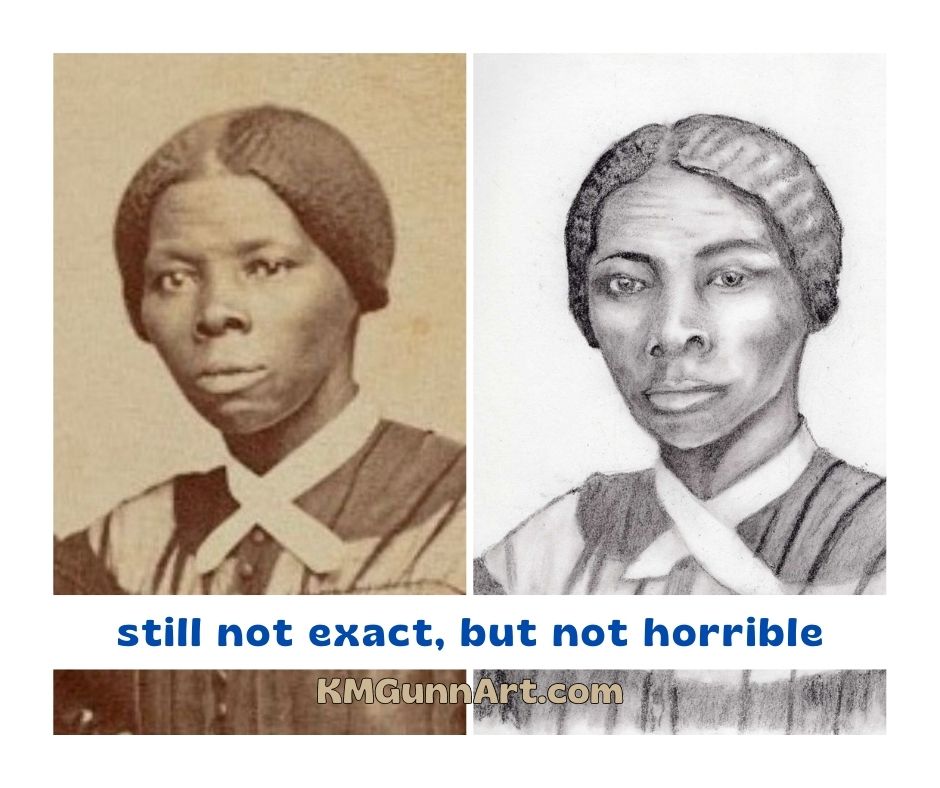I’ve been in a bit of a slump this year, as y’all may have noticed. In an effort to climb out of this slump, I decided the best way to accomplish that would be with an art challenge. Rather than wait for others to coordinate their schedules, I decided to challenge myself. For a couple years now, I’ve noticed the “100 faces” art challenge, and decided it was finally time to do that. Of course, I would be starting with drawing, and that means charcoal since I decided I just don’t love graphite anymore. I also decided to start the charcoal portrait drawing portion of the challenge with a personal hero of mine from when I was a kid.

The “100 Faces” art challenge
I actually haven’t seen much about the 100 Faces challenge as far as “rules” go, just that an artist needs to draw or paint 100 faces in whatever time frame. With such broad parameters, that left me free to make up my own rules. So, I decided I would do 100 portrait drawings and paintings, and I set myself an arbitrary deadline for the end of 2023. I decided I would officially launch this challenge on July 1st, so it would be a matter of drawing or painting 100 portraits of people in approximately 182 or 183 days.
I knew I definitely did not want to do the more rigid one drawing per day as my challenge, since that has tripped me up in more than one previous challenge. Sometimes, I just have a bad day when I feel as though I am fighting each stroke of the charcoal out onto the paper. There are even some days when I actually have plans that involve leaving the property! (We’ve really become such homebodies since the lockdowns.)
Finding reference photos for drawing portraits
The first criteria for using an historical photograph is to make sure we are as sure as we can reasonably be that the person in it is who we think that is. This may seem obvious, until you look up Billy the Kid and all the disputes about whether he is or is not in all but one photo.
I should probably also mention that the reference photo idea excludes quite a few historical figures simply because the technology had to be invented before it could be used. Again, that sounds so obvious, but does exclude anyone who lived and died prior to the 1840s. (this point will become important in the next post.)
I started my search at the Library of Congress website, and found my personal hero from childhood featured at that time.
Harriet Tubman, a personal hero

I first learned about Harriet Tubman the year I was in third grade (if I recall right) by watching a documentary. At the time, I thought it was so cool to finally come across an historical figure who was a woman, and one remembered as being unusually brave. While I hadn’t taken very many history classes at that tender age of nine or ten, most of what I knew of history (Dad was a history major in college) was all centered around men doing brave things.
I actually started the first version of my charcoal portrait drawing prior to resolving to do the 100 faces challenge. I thought Harriet Tubman was the perfect subject for a portrait for Juneteenth, and intended to do the whole thing that holiday weekend. Something or other came up or distracted me that weekend, and I did not get the ball really rolling on that drawing until after the start of July.
Once I finally got rolling on it, the first portrait came together well enough. I discovered when trying to fix the one eye that this paper wasn’t an exact match to my previous sketchbook in that it did not take much erasing before it became noticeable (even though it was the same brand and specific type). So, I made a mental note that I would not be able to do much fixing of errors in this sketchbook and then moved on.

Recrop for a “closer” portrait
Once I realized I could not erase any section of paper more than once, I decided I wanted to do another version of this historical photograph. I wanted a closer crop of just her face for a more personal, intimate feel to the portrait. While the scan of the original photo is probably as high a quality as one can reasonably expect, there was still a bit of graininess to it by the time I cropped it down then enlarged it.
Since the photos from that general time period are often in sepia instead of grayscale, I thought I would have a little fun with the shades of brown in my tinted charcoal set for this second portrait. I’ve been trying to consistently post in-progress scans over on my Facebook art page, and after the first scan was posted I realized I needed to fix the features – the eyes were not even with each other and the line of the nose and mouth were off-center. Some careful erasing, and it was fixed “good enough.”

Traditional black charcoal versus tinted charcoal
Visually, the end results between the first portrait I drew in black charcoal and the second in a dark brown tinted charcoal are not very different. My very dark brown is extremely close to the traditional black, especially on the shadow areas where I tried to get it as dark as it would go.
The main difference in the “feel” of the medium comes down to how well the hard and medium black charcoal pencils hold a point, versus the softer tinted charcoal pencil. As I figure out on face number four, the tinted charcoal pencils really are not good for detail work and should be relegated to nondetail drawings or close-up portraits. It was an interesting idea, just one that didn’t translate as well as I hoped. Future portrait drawings in charcoal will be in the traditional black charcoal.
The goal of this art challenge
I have a very specific goal that I want to accomplish with this art challenge: I want to improve my people-drawing skills. I figure that by the time I get to my 100th face, whether it is a drawing or painting, I should see noticeable improvement over these first few efforts. I’ve been saying for a couple years now that I need to “knock the rust off” my people drawing skills I used to have, and finally decided to just knuckle down and do it.
The only way I will get better is by learning from my mistakes. The only way to make mistakes is to put medium to paper and “just do it,” as the old ad campaign said.
Feel free to follow along here on the blog – I will get caught up soon! – or on one of my social media accounts. I will definitely be posting to the FB page, as my friend Keashia is on Facebook and she has agreed to be my accountability partner on this project. As of writing this, I am on number seven – all charcoal portrait drawings so far, but I’ll likely try my pastels and paints at some point.
